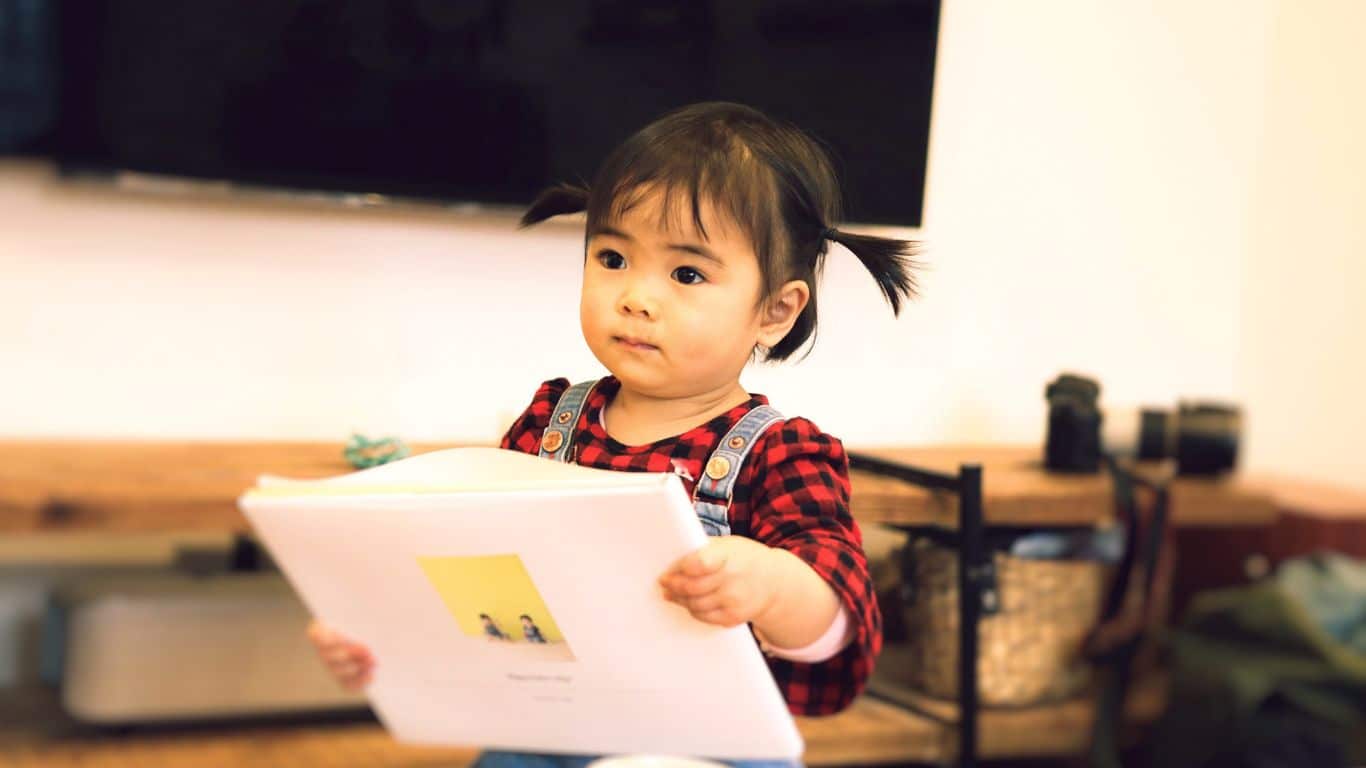A lifebook isn’t a baby book, a scrapbook, or a photo album. A lifebook is a detailed account of a child’s life that helps that child make sense of the past and prepare for a successful future. If you haven’t started one for your child, here are some tips to help you get started.
Making a lifebook may seem a daunting task, but it can be fun, and you’ll never regret it.
Try to set aside a specific time each month to work on the lifebook. That will help you keep it up-to-date and will emphasize to your child how important you think his or her story is. Even if your child shows no interest, make one anyway—it could be invaluable later on.
Types of lifebooks
- Some parents make online lifebooks with text, photos, and scanned images. You could make your own and print it yourself, or you could have it printed by one of several online services. Scan copies of birth certificates and other important documents and place them in the book.
- If you make your own lifebook, use a book that has removable pages and that you can add pages to. You will want to add age-appropriate information as you go along.
- Buy stickers to decorate the lifebook—they are available at dollars stores and craft stores. Most kids love anything to do with stickers!
Essential information
A lifebook explains why a child came into government care, into an orphanage, or why birth parents made an adoption plan. It should cover the time before the child joins an adoptive family.
Include information on your child’s:
- Country of birth (explain why children enter orphanages or foster care in that country)
- Racial or cultural heritage
- Birth parents, foster parents, extended family, orphanage caregivers
- Developmental milestones
- The day your child was placed in your home
- Favourite activities and hobbies
- Special friends, teachers, and other important people. Places the child lived, schools attended, and pets
- Goodbye letters or notes from people the child has left behind
Always start with your child’s birth and not their arrival day. Chronological order is important to children—follow it in the lifebook. Don’t leave chunks of time unexplained.
Be honest
Be honest about difficult information in an age-appropriate way. It is important to be specific about the reasons your child’s birth parents could not parent him or her. You could write, “Your birth mother was very young, and she was worried that she couldn’t take care of you,” or, “Your birth mother was using bad drugs which meant she couldn’t take care of you,” or, “Your birth parents had big adult problems and it wasn’t safe for you.” Always make it clear that your child is not responsible in any way for adult behaviour or decisions that affected his or her life. Separate your own feelings from what you are writing—that might be painful, but you have to write the lifebook in a neutral tone.
Talk about the feelings of your child’s birth mother or birth father. If you don’t know what they were, use phrases like, “I bet your birth mother felt sad when she made an adoption plan for you,” or, “I bet your birth mother felt angry that she couldn’t raise you.”
If you don’t have photos of birth parents, don’t panic. You always can leave some space on the birth parent page for your child to draw a picture. You can help by saying “I think your mother might have the same curly hair as you,” or, “I bet your father has the same beautiful brown eyes as you.”
If information about your child’s birth mother/father is lacking, write something like, “I bet your birth father likes to play soccer like you do,” or, “I wonder if your birth mother enjoyed swimming as you do.” This creates important links for your child. If you have photos of orphanage caregivers put them in the lifebook—they are important too.
Using the lifebook
Reading a life book regularly makes adoption a part of everyday conversation in your home.
A lifebook is not necessarily for sharing with others. It’s your child’s story, and he or she should feel in control of it. However, it’s also not a secret. Allow your child to have the book in his or her room and to share it with others as desired.
Make reading the lifebook a ritual. Don’t put the book away for safekeeping—it’s a tool that will help your child understand his or her story, and adoption in general. By looking at the lifebook frequently, you can determine how your child understands how he or she joined your family and it can help clear up any misunderstandings.
Keep copies
Make a copy of your child’s lifebook—it would be awful if you lost it. Photocopy the original, make two copies, or scan the pages. Some parents put copies in safety deposit boxes.





